It’s summer in the northern hemisphere and that means sun, sea – and wasps.
A lot of us have been taught to fear wasps as aggressive insects that exist only to make our lives a misery. But with unsustainable wildlife loss across the planet, we need to learn to live alongside all organisms – even wasps. They are important pollinators and predators of insects.
A little knowledge about their natural history can help you dine safely alongside wasps.
The wasps that usually visit your picnic are typically the common yellowjacket (Vespula vulgaris) and the German wasp (Vespula germanica). They seem to appear from nowhere. What should you do?
1. Stay still, or she’ll think you’re a predator
Her (all workers are female) smell receptors have got her to your picnic table, but she’s now using visual landmarks (you and your surroundings) to orientate her way to the food on your plate. Keep your mouth closed and avoid breathing heavily to minimise the release of carbon dioxide, which wasps use as a cue that a predator is attacking. Similarly, if you start flapping and shouting, you are behaving like a predator (mainly badgers in the UK), which might trigger the wasp’s attack mode.
2. Watch what she is eating
This is a worker wasp. She is looking for food to feed to her sibling larvae in her mother’s papery looking nest. Is she carving off a lump of ham, gathering a dollop of jam or slurping at your sugary drink? Watch what she is eating because this gives you a clue to what your wasp offering will be. She is so focused on her task that she won’t notice you watching.
3. Make a wasp-offering to keep her from bothering you
Before you know it, she’s off with jaws full of jam or a hunk of ham. She might zigzag away from your table – a sign that she is reorientating for a reliable return. Once landmarks are mapped, she will fly straight and fast. If you followed her, she would lead you to her nest. But you are better off using your time to prepare your wasp offering, because she’s going to come back soon. Your offering should be a portion of whatever she harvested from your plate. You can move it slightly away from the rest of your food. If you let her have her share, you too can dine in peace.
You can gradually move your wasp offering further away from you. Wasp offerings are well-tested techniques around the world, whether you’re looking to track down a wasp nest to eat, or keep customers unbothered by wasps at an outdoor restaurant.
hecke61/Shutterstock
Happily, your picnic friend is unlikely to bring a swarm of wasps to your table, because social wasps are poor recruiters. This makes sense because wasp food (insects, carrion) is usually a scattered, short-lived resource. One caterpillar doesn’t necessarily mean there’s a huge patch of them, for example.
This contrasts with honeybees, for which there has been strong natural selection for the evolution of a communication system (waggle dance) to recruit many foragers to a patch of flowers.
However, you might get a few wasps at your picnic, especially if the nest is close, just by chance. Wasps tend to be attracted to a forage source by the presence of other wasps. If she sees a few wasps gathered, then she will investigate. But if there are too many wasps, this puts her off.
Wasps’ changing feeding habits
You may already know that wasps go crazy for sugar at the end of the summer. But why do they prefer a protein earlier in the season? It depends on what is going on inside the colony – and this changes with the season.
Wasp larvae are carnivorous. Together, the workers rear thousands of larvae. If your wasp wants ham (or some other protein source) at your picnic, you know her colony is full of hungry larvae. You might notice this in early-to-mid summer – and no later than mid-to-late August.
Enjoy the knowledge that you are helping feed armies of tiny pest controllers, who will soon set to work regulating populations of flies, caterpillars, aphids and spiders.
A defining feature of an adult wasp is the tiny petiole (wasp-waist). This constriction between her thorax and abdomen evolved so her ancestors could bend their abdomens, yoga-style, to parasitise or paralyse their prey.
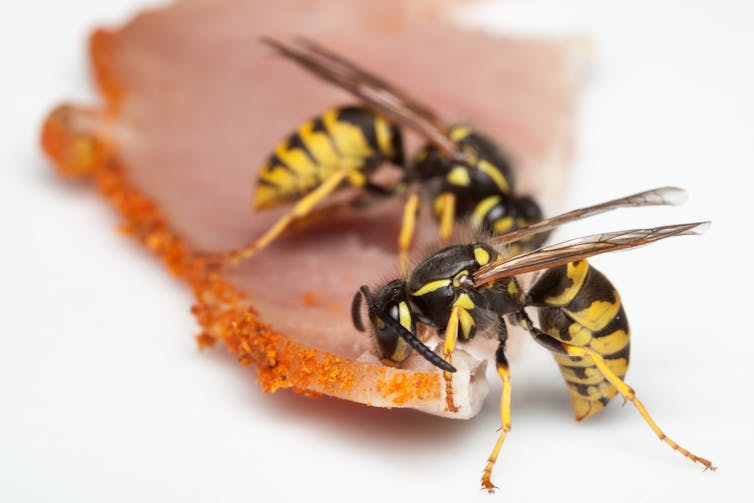
Franz H/Shutterstock
The wasp-waist of an adult worker limits her to a largely liquid diet. She is like a waiter who must deliver feasts to customers without tasting it. The larvae tip her service with a nutritious liquid secretion, which she supplements with nectar from flowers. For much of the season, this is enough.
Blend science and a picnic
Towards the end of the summer, most wasp larvae have pupated – and a pupated larva doesn’t need feeding. So, demand for protein foraging diminishes, as do the sweet secretions that have kept the workers nourished.
This means worker wasps must now visit flowers for nectar – although your jam scone or sweet lemonade may also be exceedingly tempting. If your wasp is fixated on sugar at your table, then you know her colony is likely to be in its twilight phase of life.
Although time of the year is a good indicator of the balance of ham-to-jam in a wasp’s foraging preferences, weather, prey availability, local competition and rate of colony growth can influence them too. This means the switch from ham to jam this year may be different to next year.
We’d like you to help us gather data on this, to improve predictions on whether to offer your wasps ham or jam. To take part, report here whether the wasp at your picnic wanted protein (such as chicken, hummus, beef or sausage), jam (or anything sugary, including sugary drinks), or both.
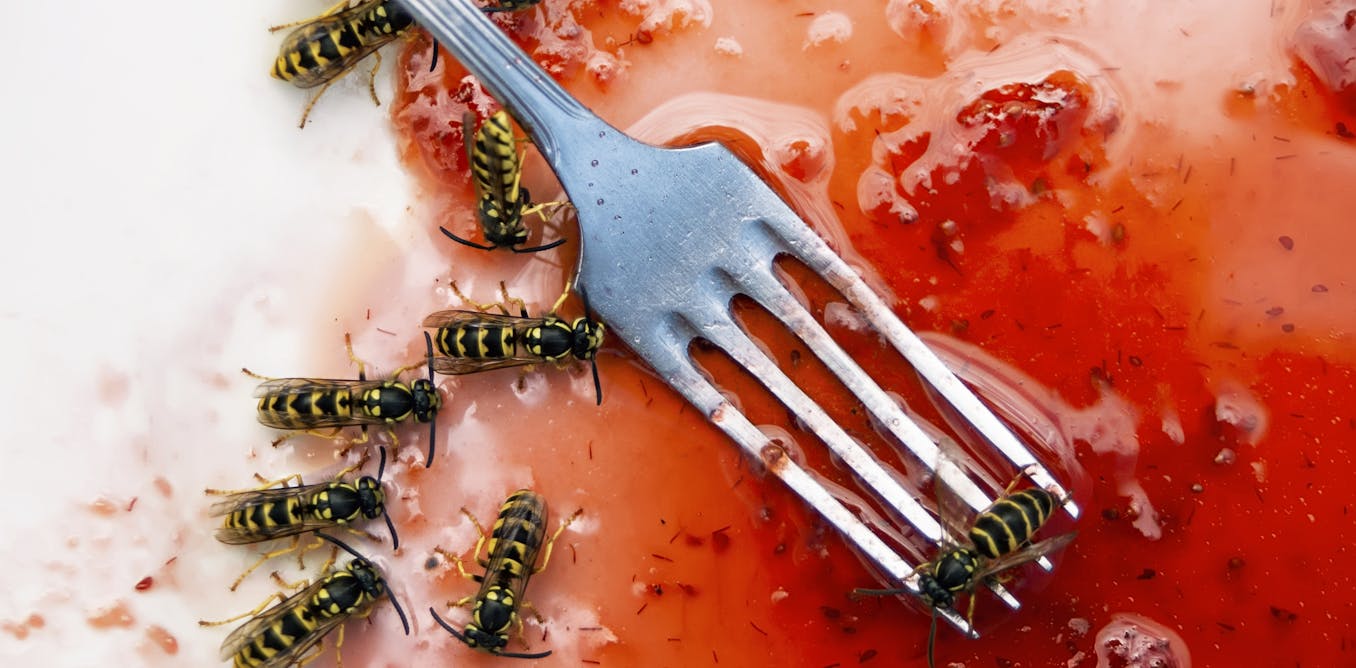
The post “What to do when wasps crash your picnic – a scientist’s guide to dining safely with these insects” by Seirian Sumner, Professor of Behavioural Ecology, UCL was published on 07/28/2025 by theconversation.com






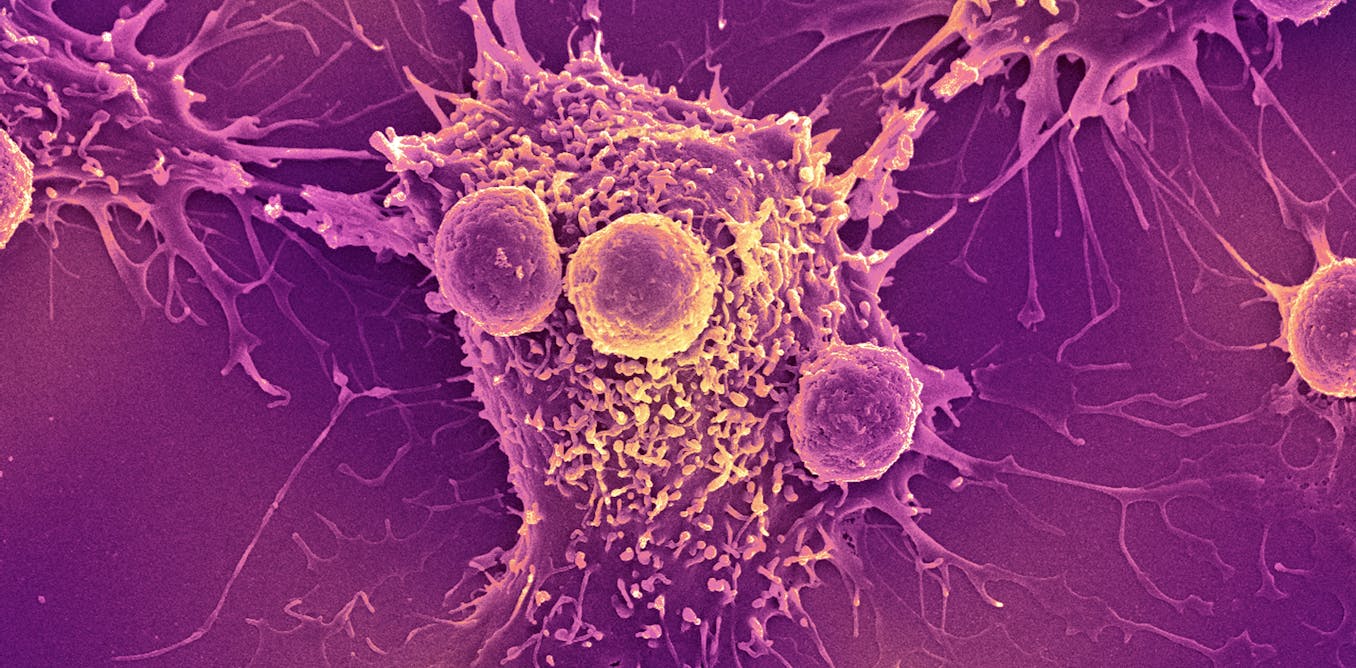


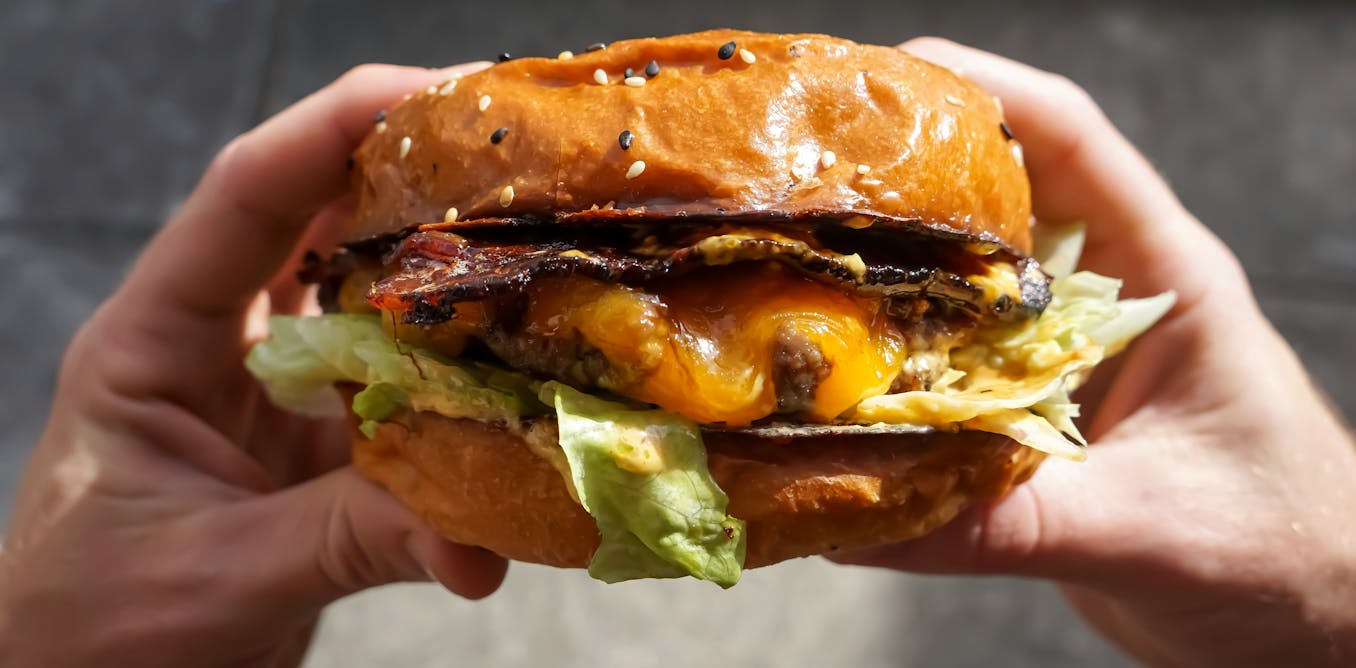

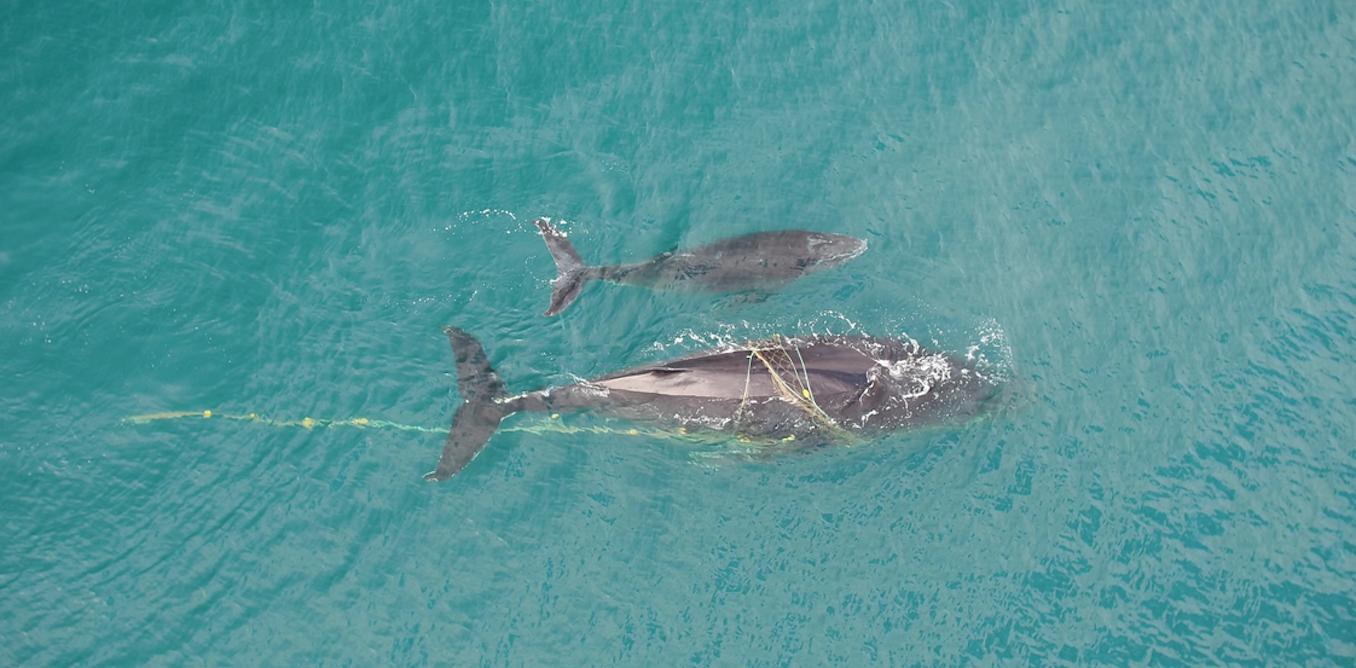


















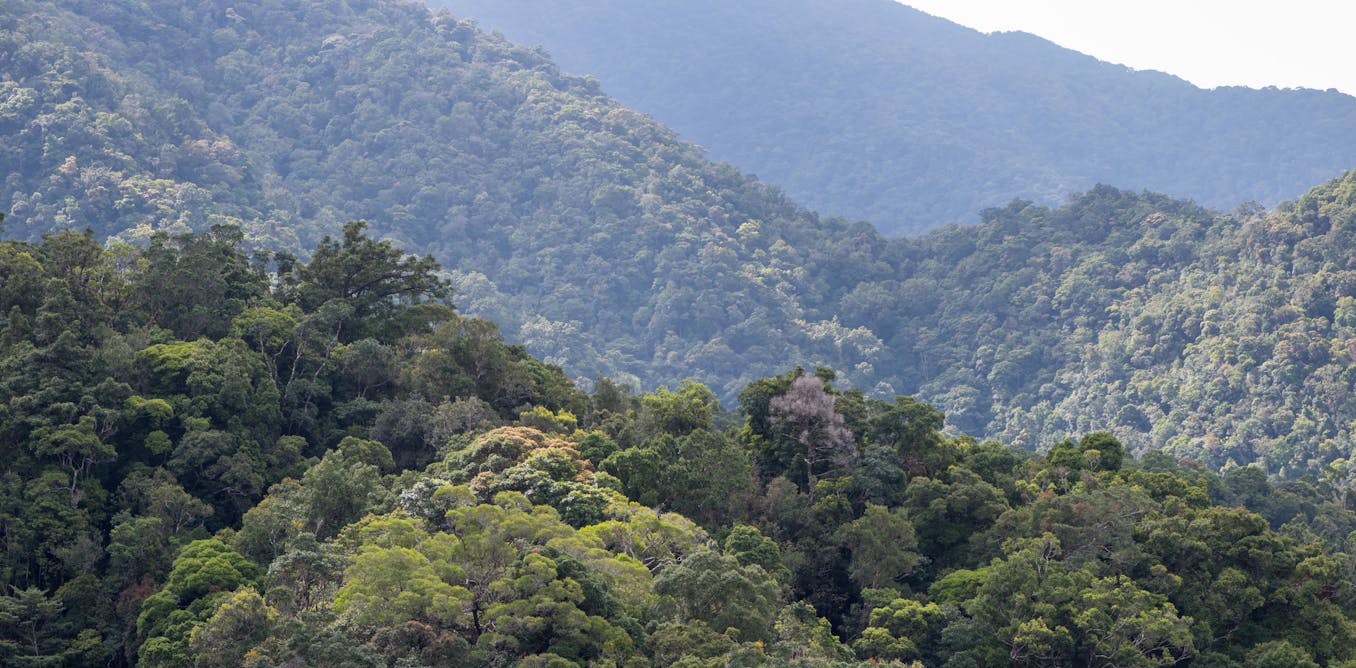






Leave a Reply